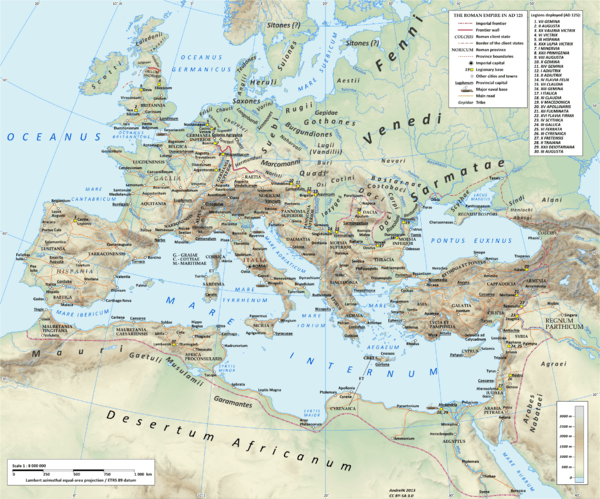Tauri

The Tauri (/ˈtaʊəri/; Ταῦροι in Ancient Greek), also Scythotauri, Tauri Scythae, Tauroscythae (Pliny, H. N. 4.85) were a people settled on the southern coast of the Crimea peninsula, inhabiting the Crimean Mountains and the narrow strip of land between the mountains and the Black Sea. They gave their name to the peninsula, which was known in ancient times as Taurica, Taurida and Tauris. Son of Togarmah.
History
In his Histories, Herodotus describes the Tauri as living "by plundering and war". They became famous for their worship of a virgin goddess, to whom they sacrificed shipwrecked travellers and waylaid Greeks.[1] He makes a point of them living in Scythia geographically without themselves being Scythians.[2] In Geographica, Strabo refers to the Tauri as a Scythian tribe.[3]
The Greeks identified the Tauric goddess with Artemis Tauropolos or with Iphigeneia, daughter of Agamemnon. The Tauric custom of human sacrifice inspired the Greek legends of Iphigeneia and Orestes, recounted in Iphigeneia in Tauris by the playwright Euripides.
According to Herodotus, the manner of their sacrifice was to beat the head with a club and remove the head; then they either buried the body or threw it off a cliff, and lastly nailed the head to a cross. Prisoners of war likewise had their heads removed, and the head was then put onto a tall pole and placed at their house "in order that the whole house may be under their protection".
Although the Crimean coast eventually came to be dominated by Greek (and subsequently Roman) colonies, notably the one at Chersonesos, the Tauri remained a major threat to Greek power in the region. They engaged in piracy against ships on the Black Sea, mounting raids from their base at Symbolon (today's Balaklava). By the 2nd century BC they had become subject-allies of the Scythian king Scilurus.
See also
References
- ↑ Hdt. 4.103 "the Tauri have the following customs: all ship-wrecked men, and any Greeks whom they capture in their sea-raids, they sacrifice to the Virgin goddess1 as I will describe: after the first rites of sacrifice, they strike the victim on the head with a club; according to some, they then place the head on a pole and throw the body off the cliff on which their temple stands; others agree as to the head, but say that the body is buried, not thrown off the cliff. The Tauri themselves say that this deity to whom they sacrifice is Agamemnon's daughter Iphigenia. As for enemies whom they defeat, each cuts his enemy's head off and carries it away to his house, where he places it on a tall pole and stands it high above the dwelling, above the smoke-vent for the most part. These heads, they say, are set up to guard the whole house. The Tauri live by plundering and war. " (trans. Godley)
- ↑ 4.99 "Beyond this place [Carcinitis on the Ister], the country fronting the same sea is hilly and projects into the Pontus; it is inhabited by the Tauric nation as far as what is called the Rough Peninsula; and this ends in the eastern sea. For the sea to the south and the sea to the east are two of the four boundary lines of Scythia, just as seas are boundaries of Attica; and the Tauri inhabit a part of Scythia like Attica, as though some other people, not Attic, were to inhabit the heights of Sunium from Thoricus to the town of Anaphlystus, if Sunium jutted farther out into the sea. I mean, so to speak, to compare small things with great. Such a land is the Tauric country. But those who have not sailed along that part of Attica may understand from this other analogy: it is as though in Calabria some other people, not Calabrian, were to live on the promontory within a line drawn from the harbor of Brundisium to Tarentum. I am speaking of these two countries, but there are many others of a similar kind that Tauris resembles." (trans. A. D. Godley)
- ↑ Strabo. Geographica. 7. 4. 2. "... generally speaking, the Tauri, a Scythian tribe...